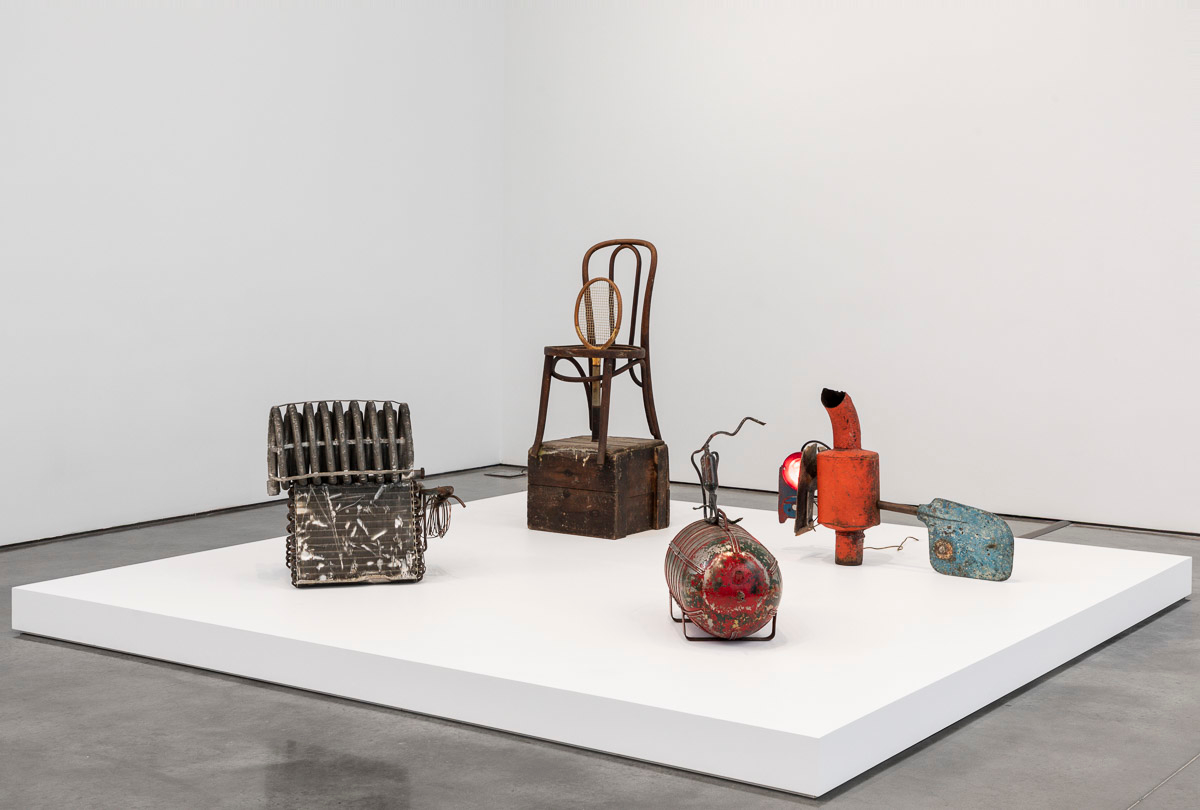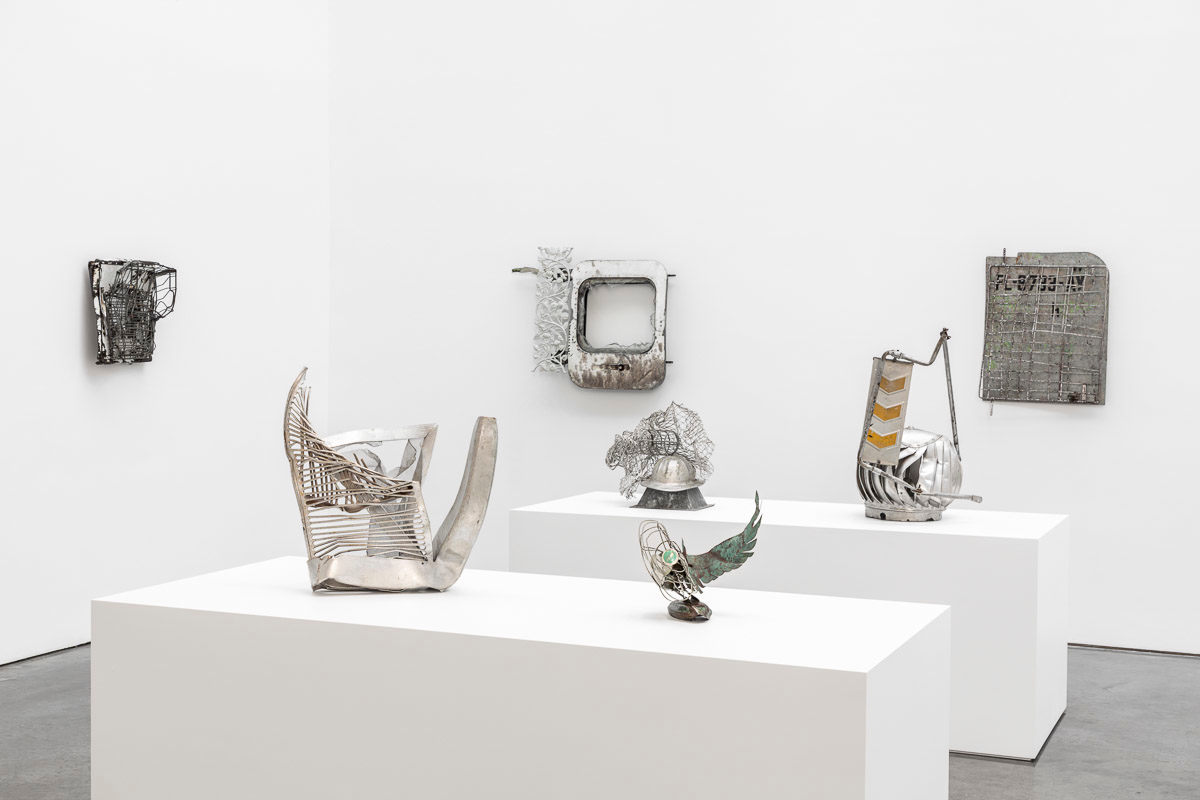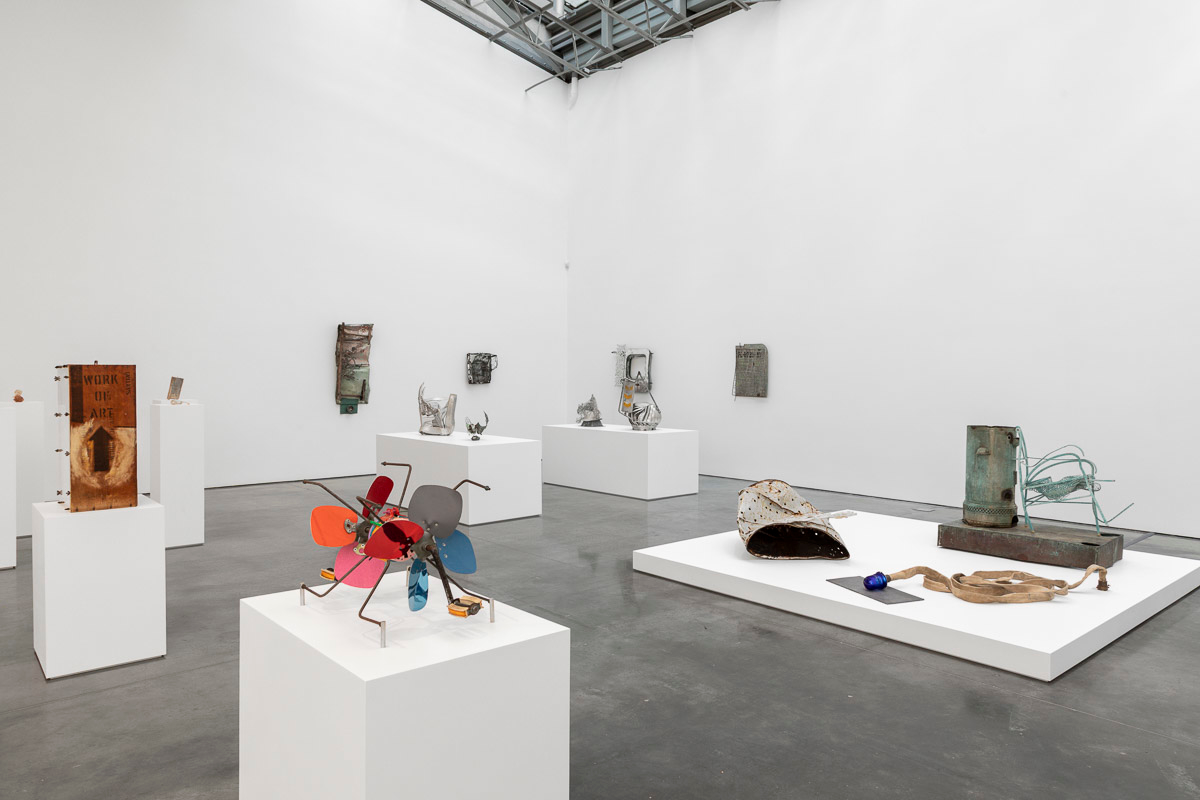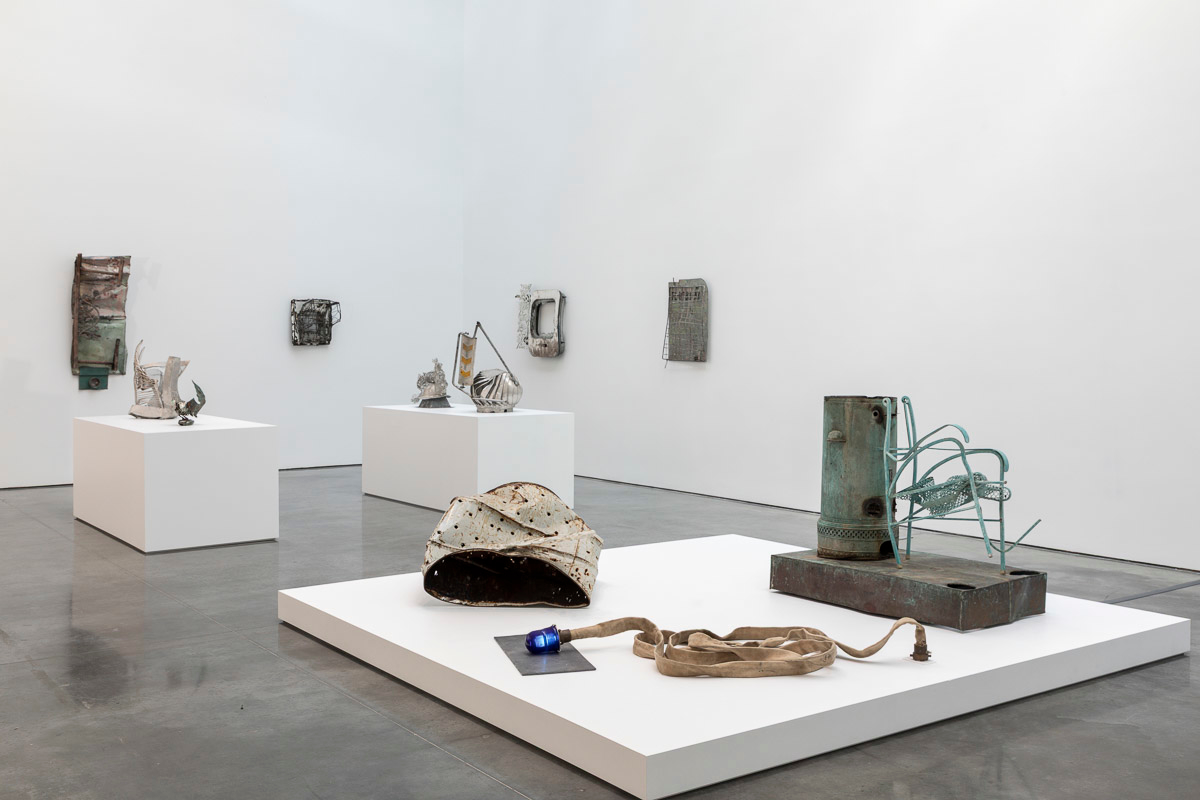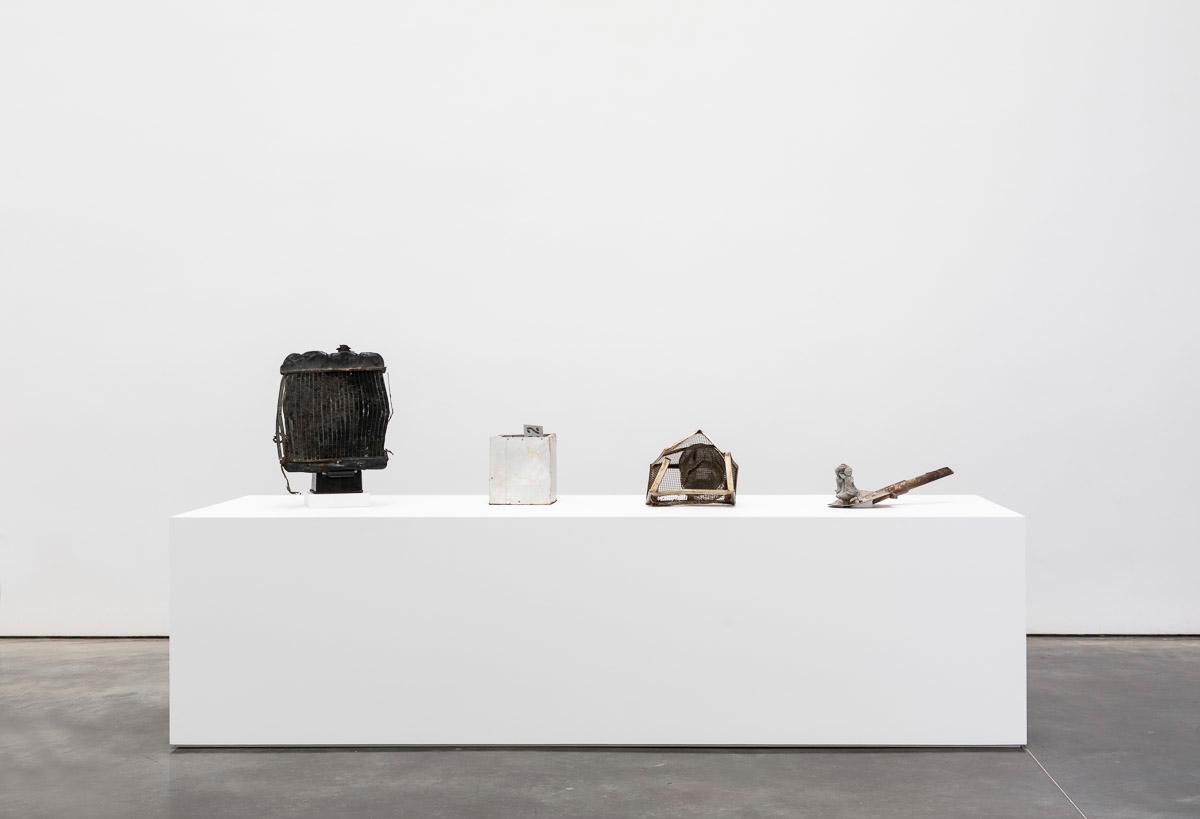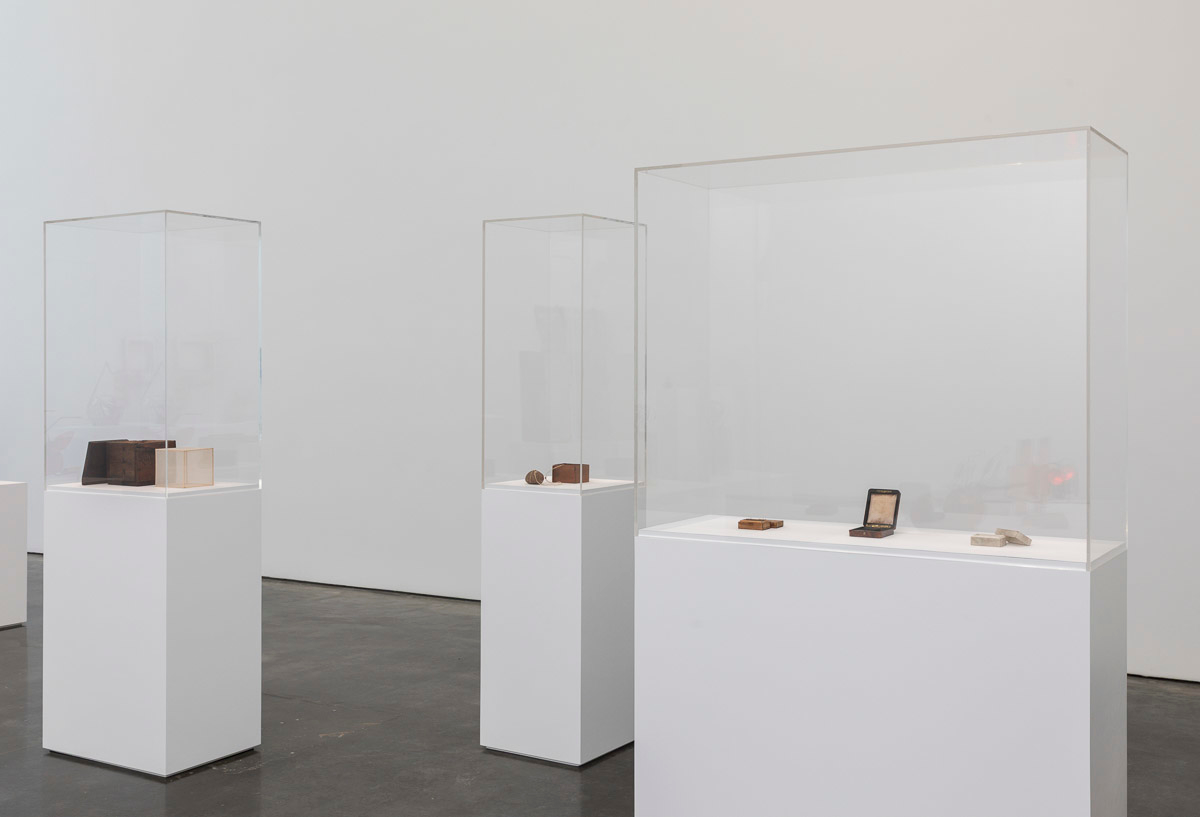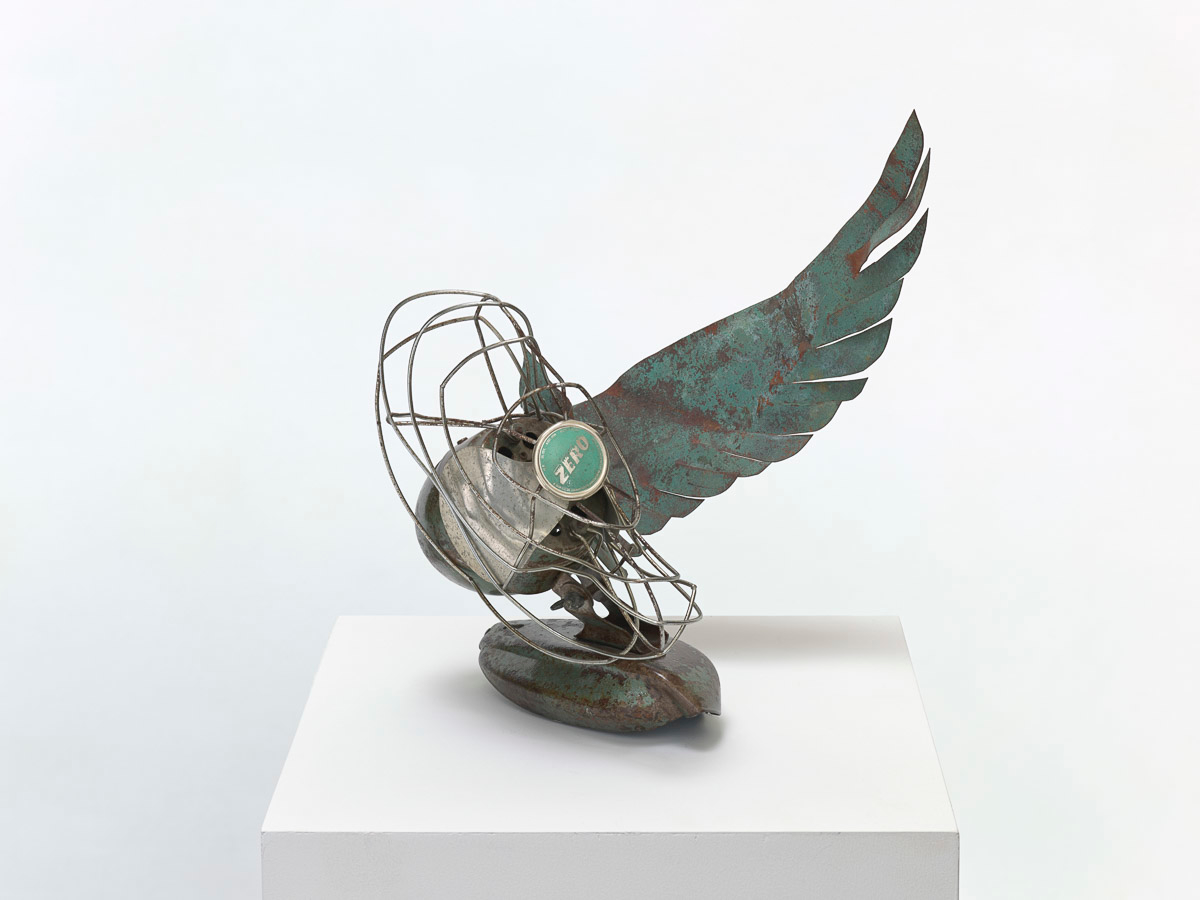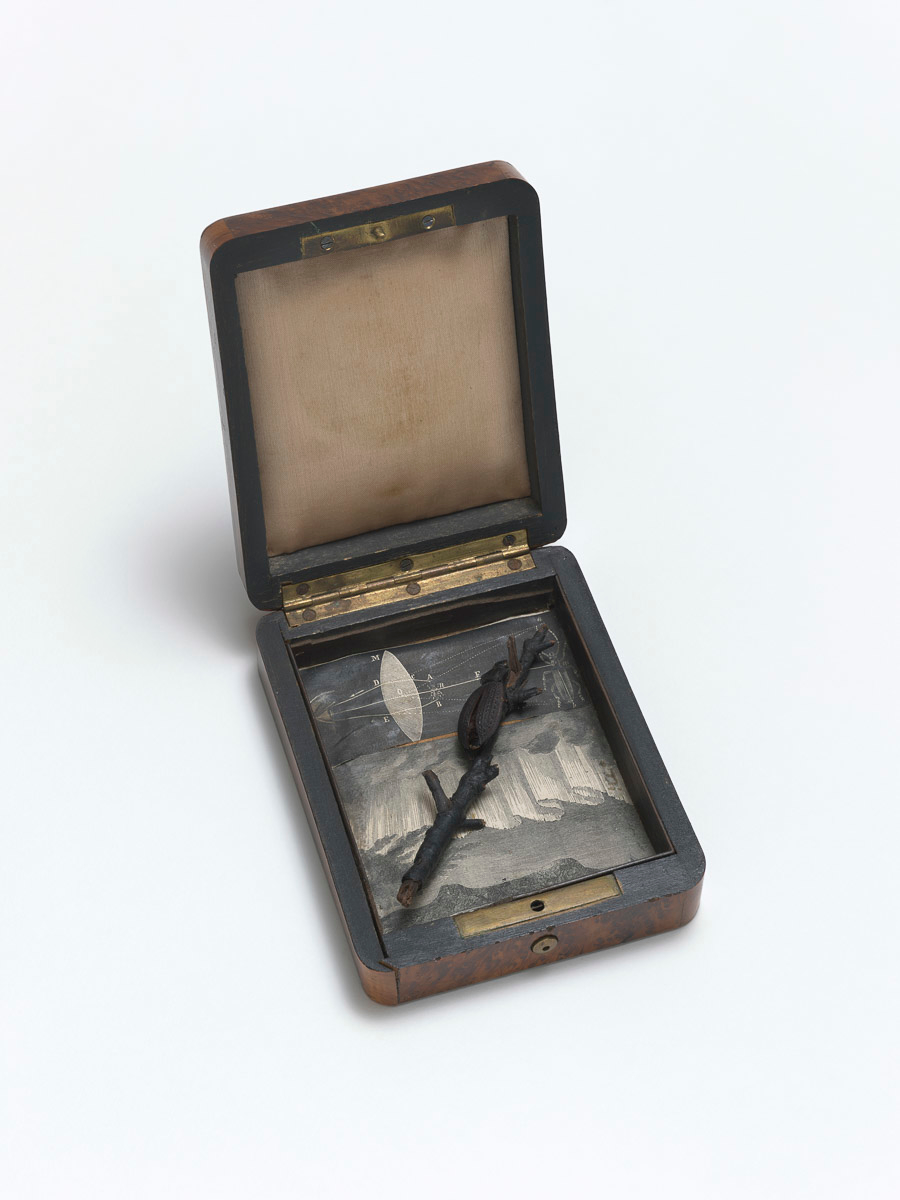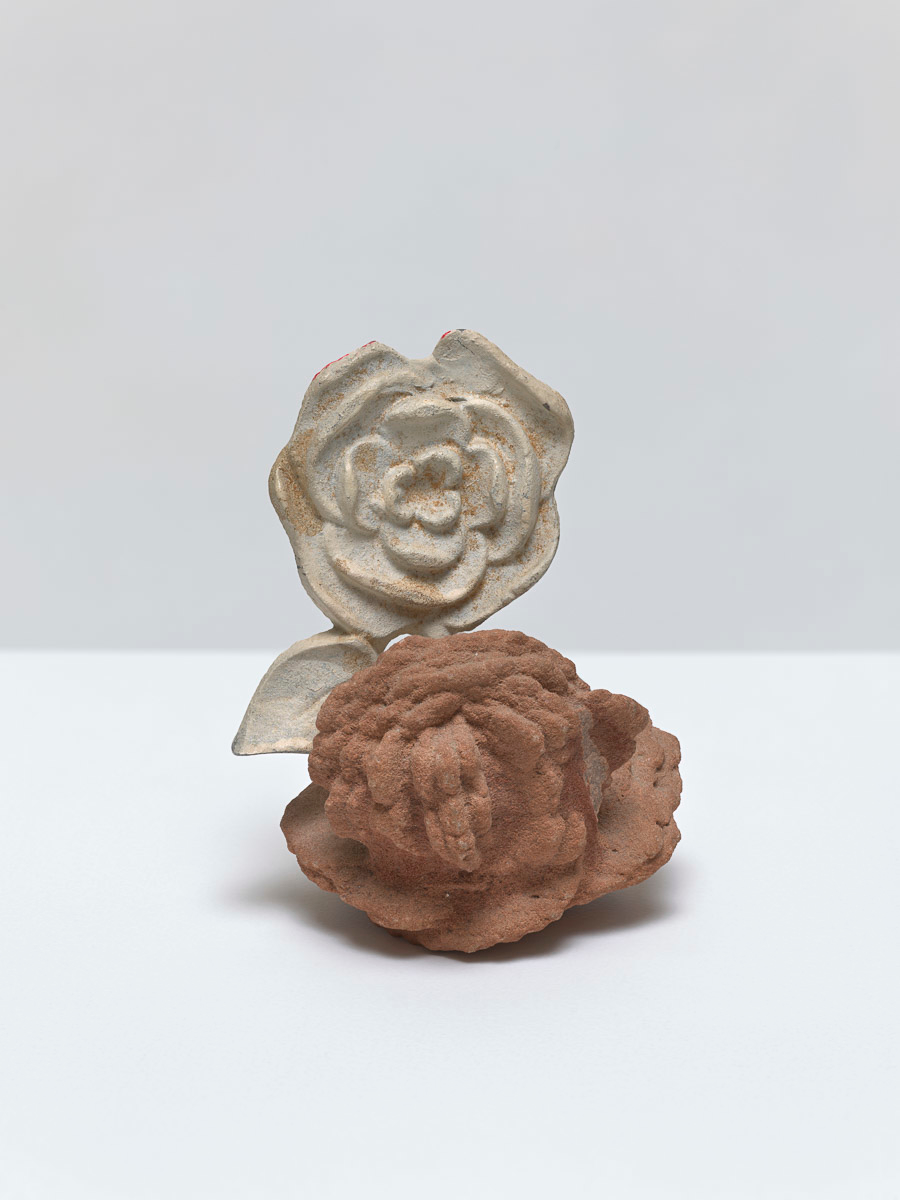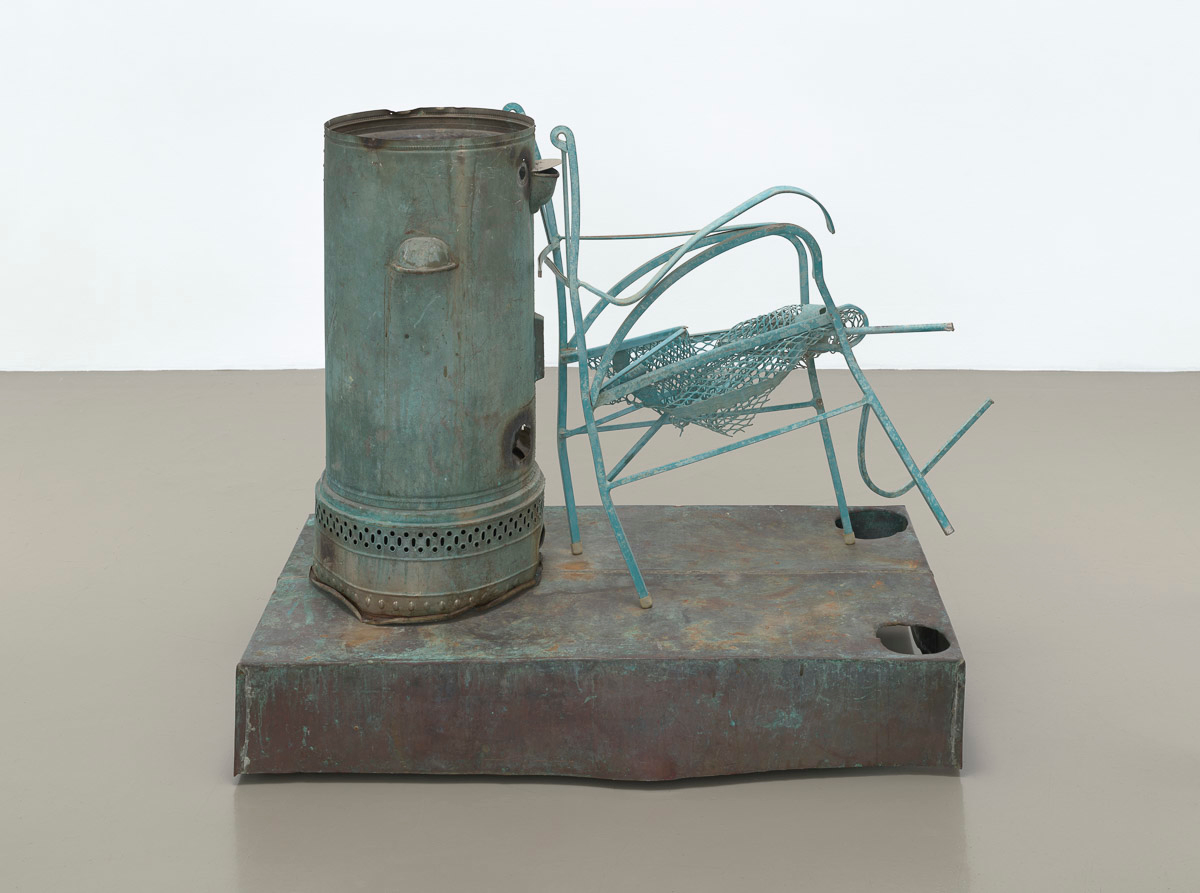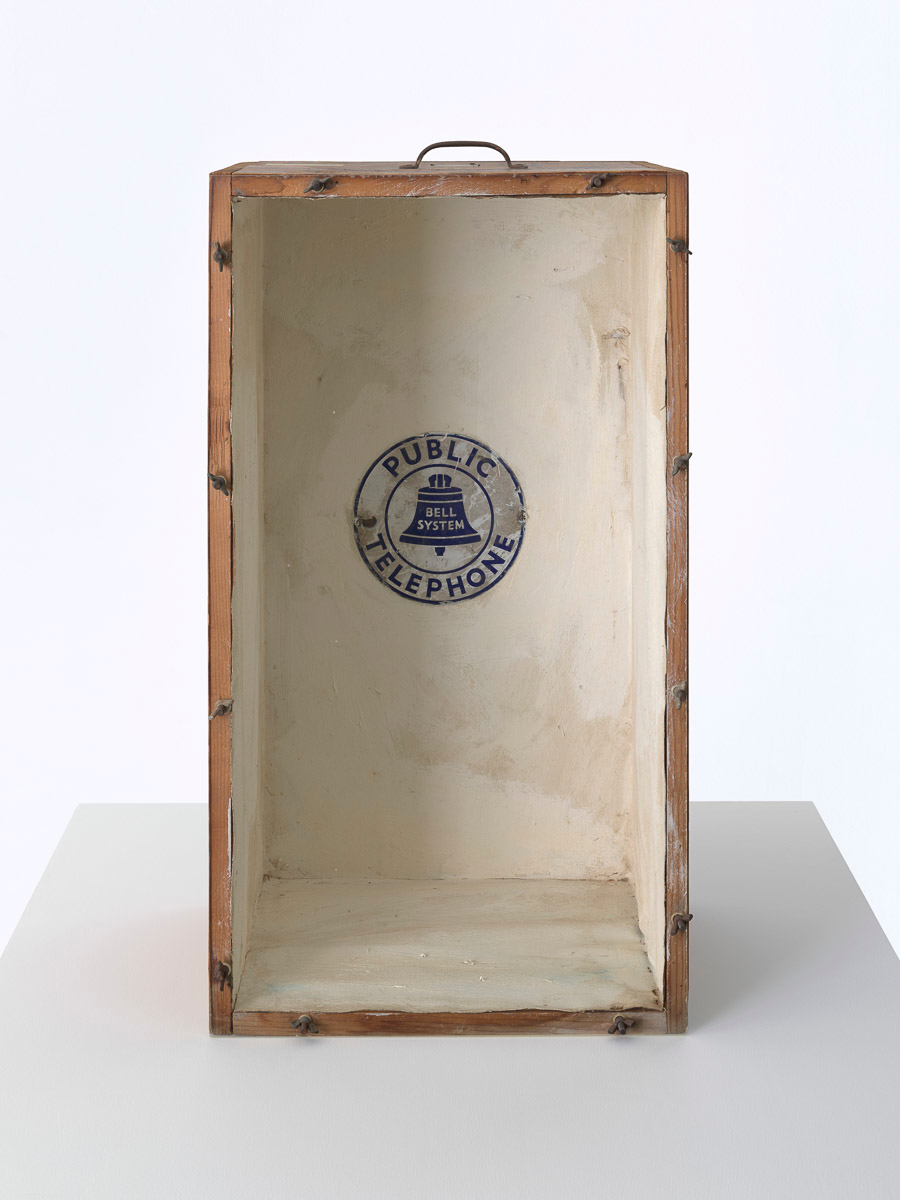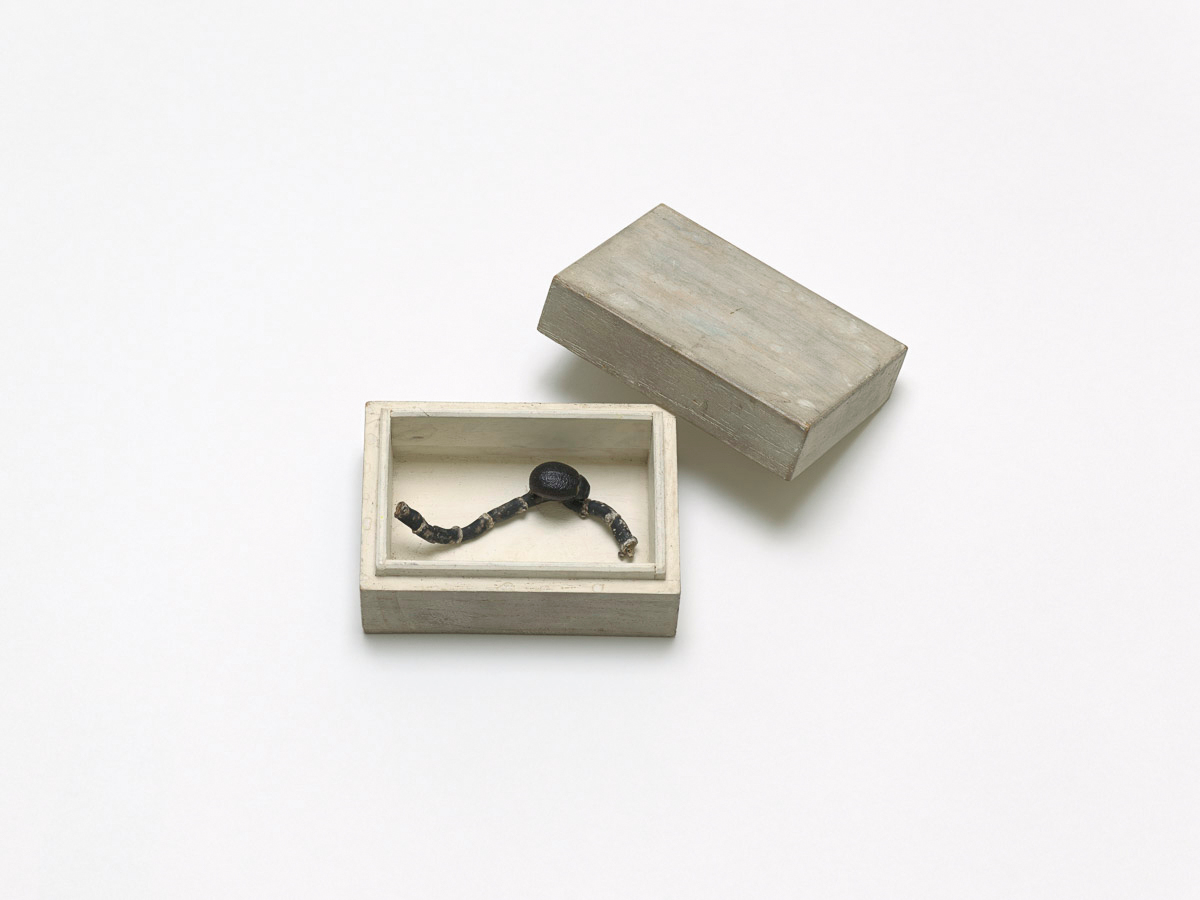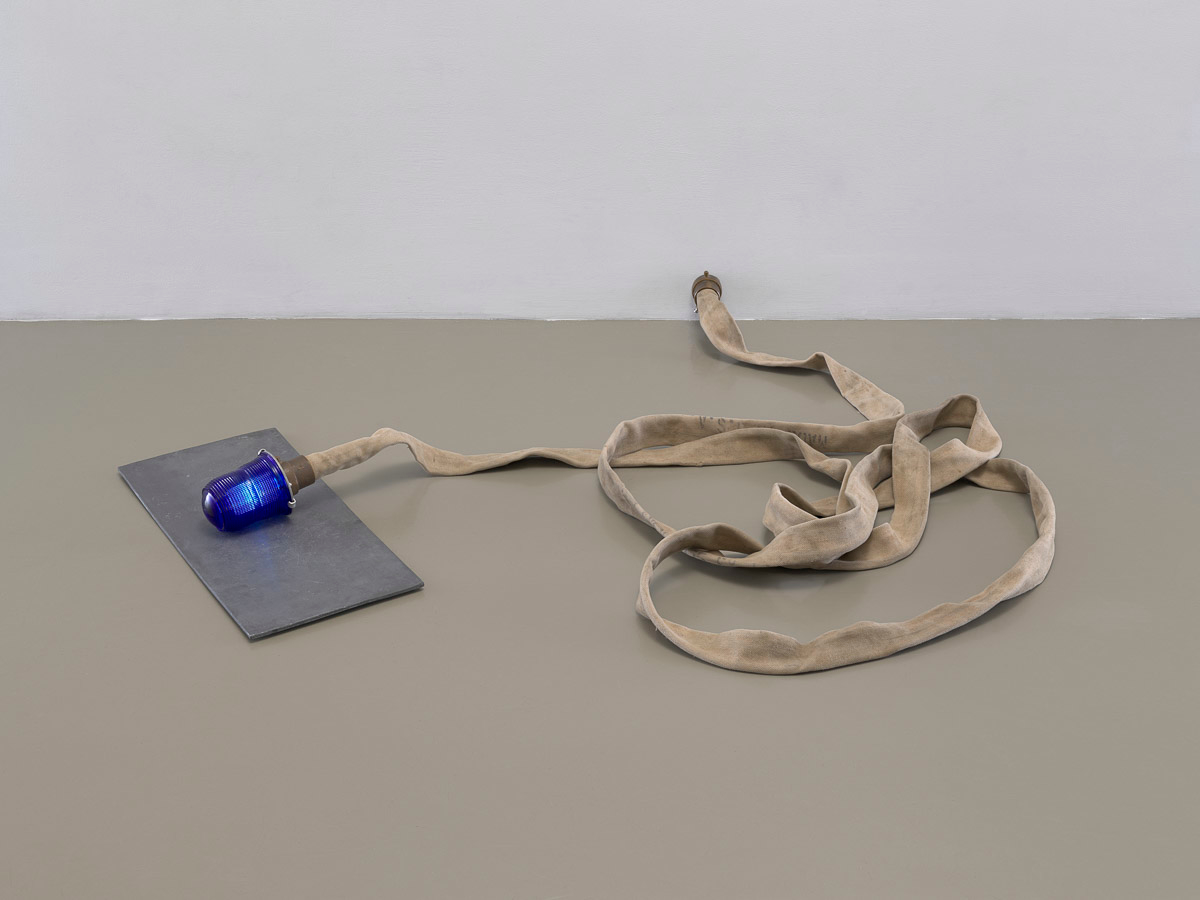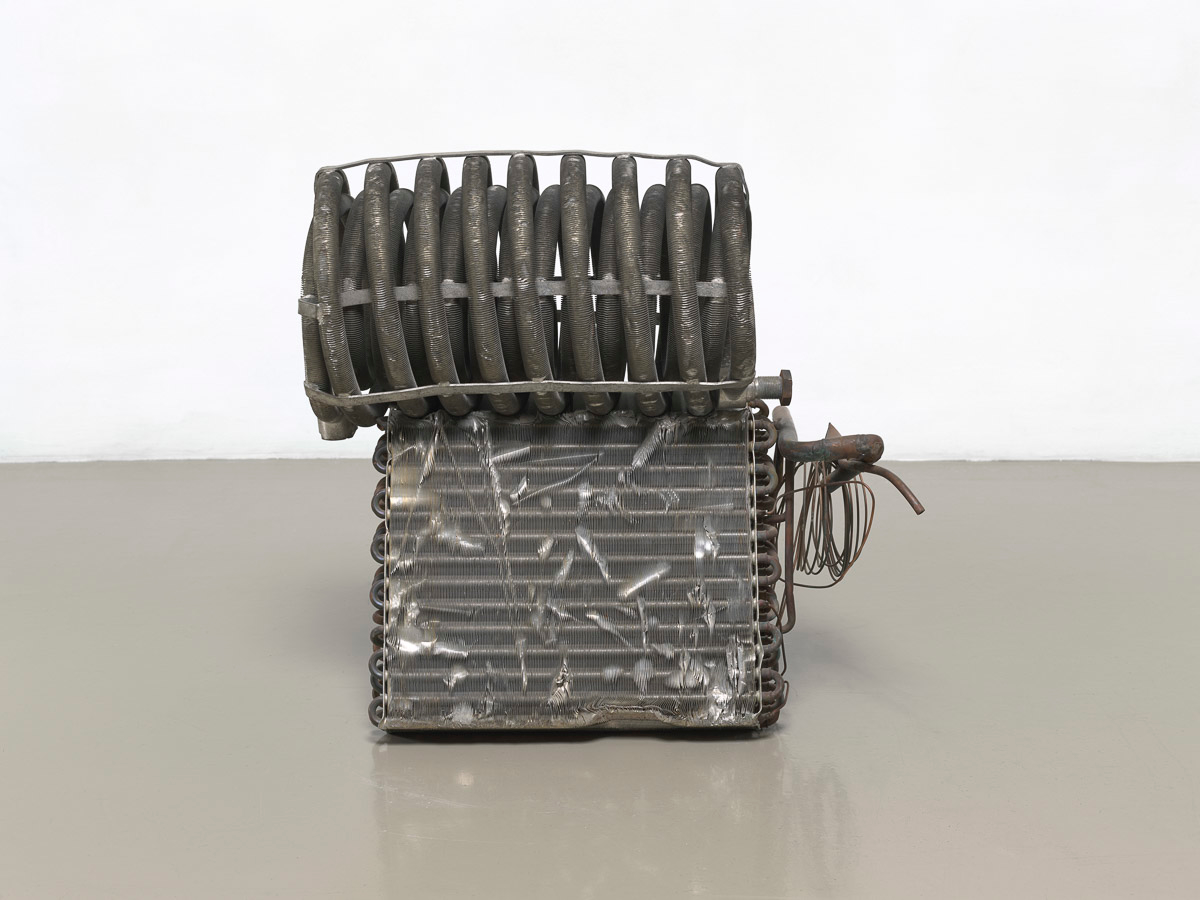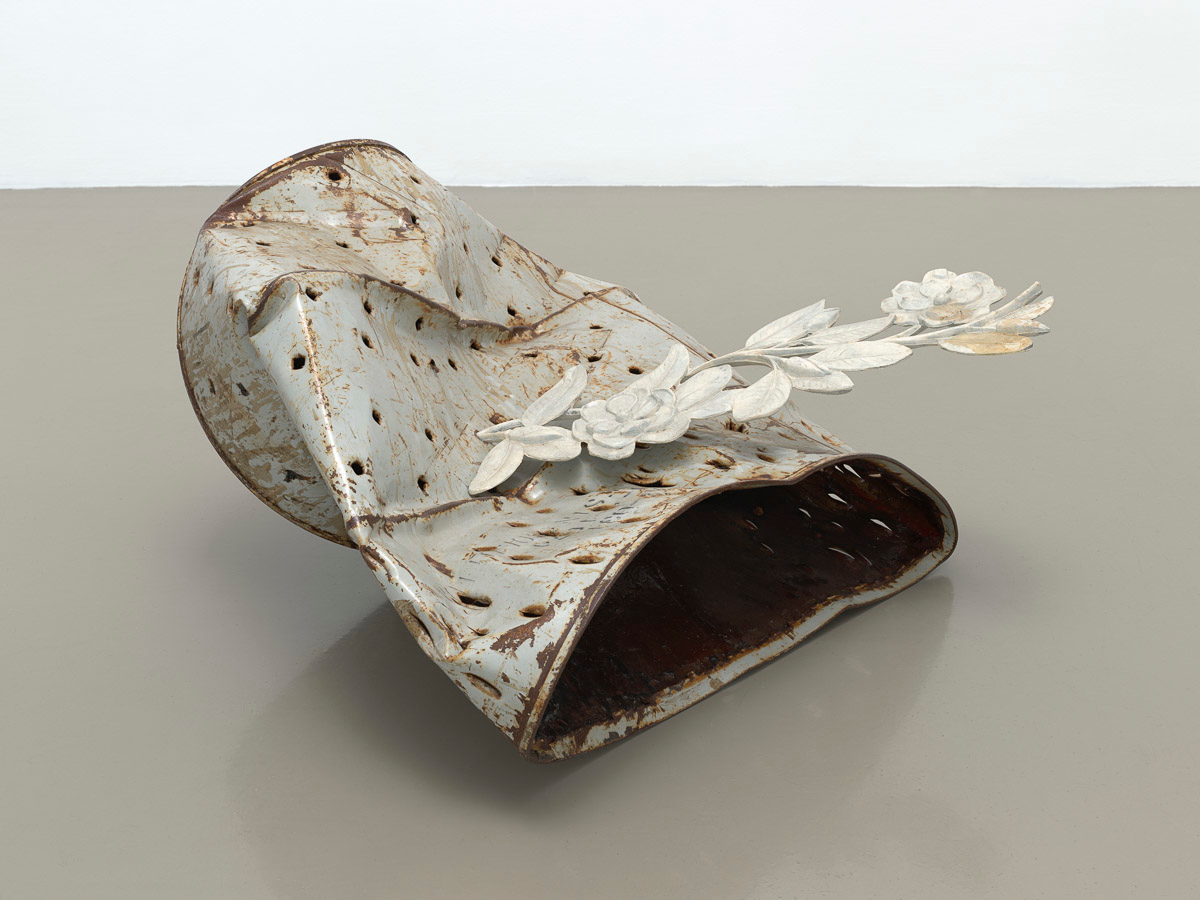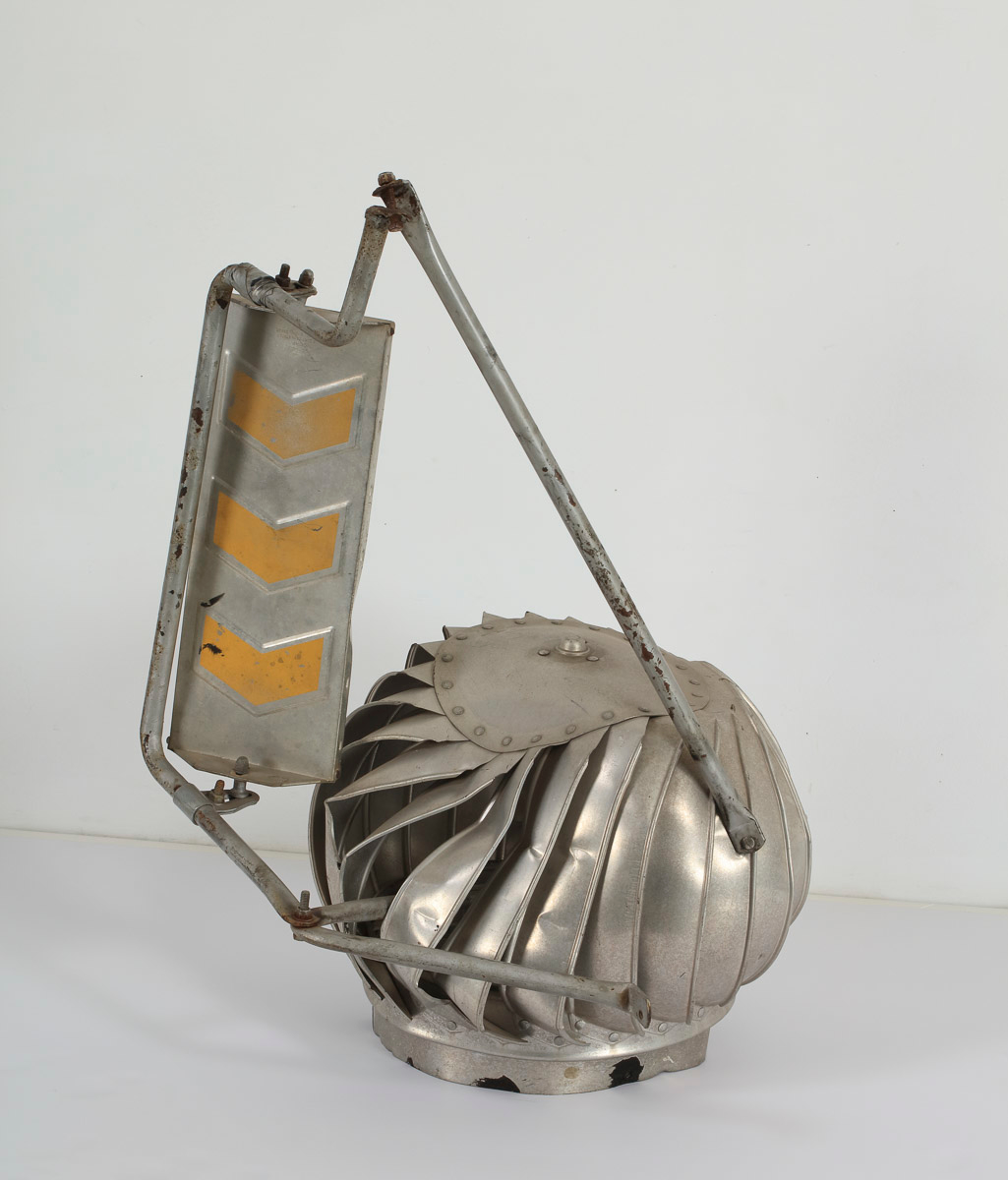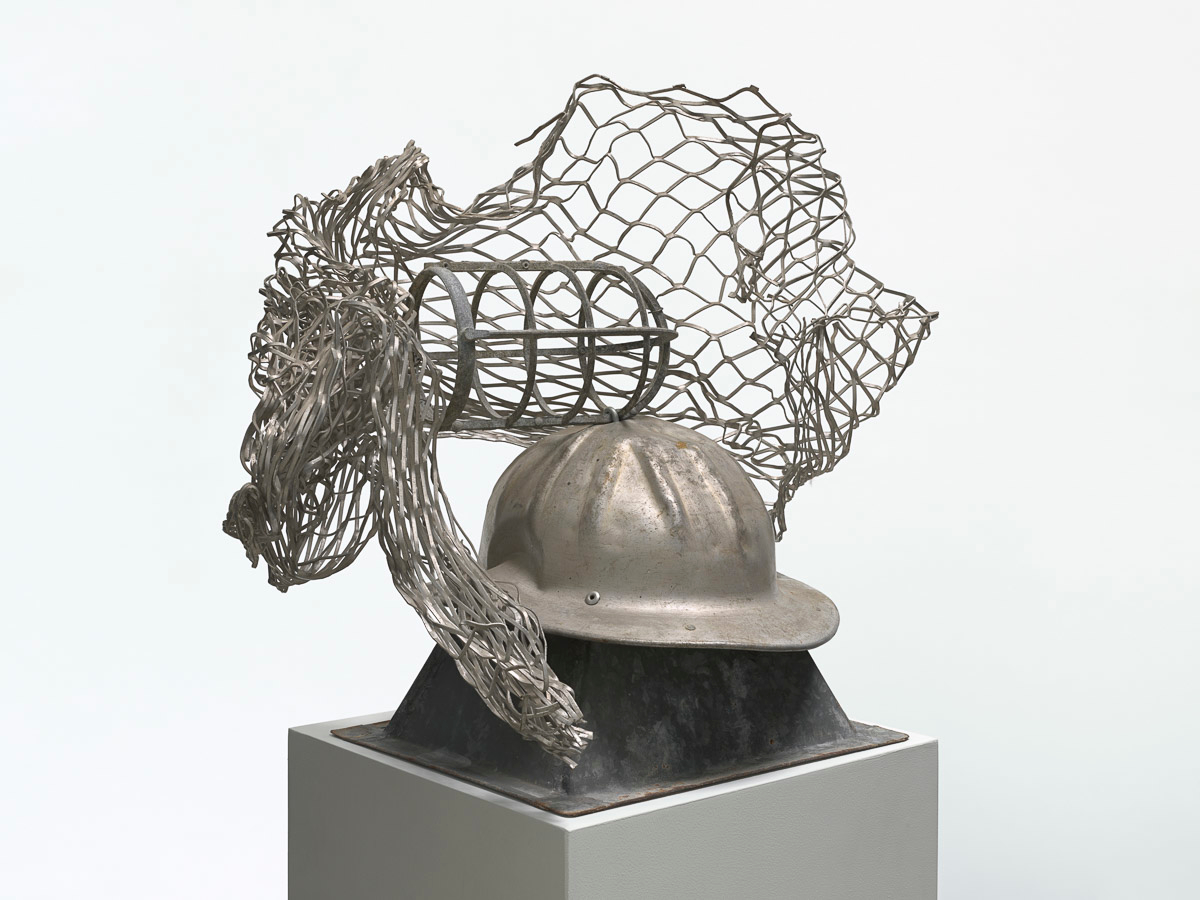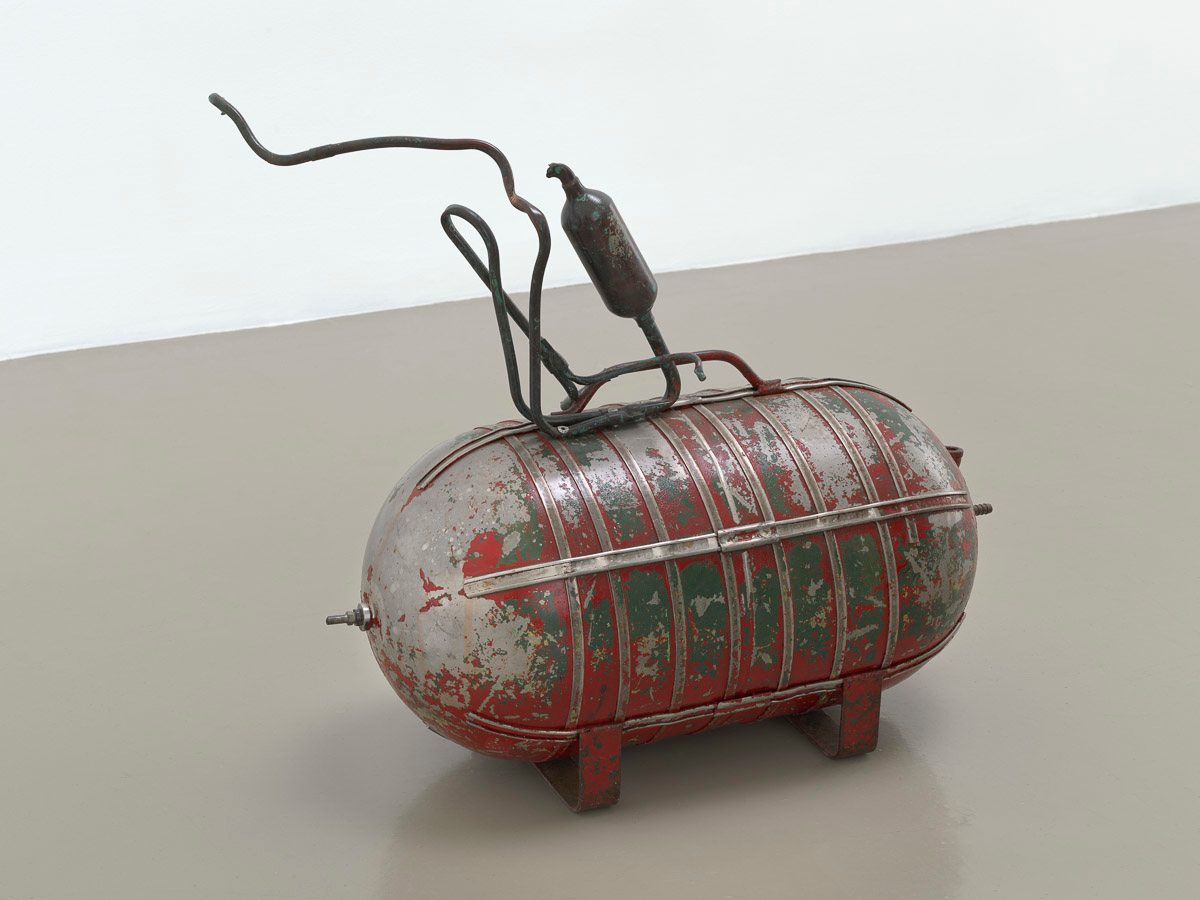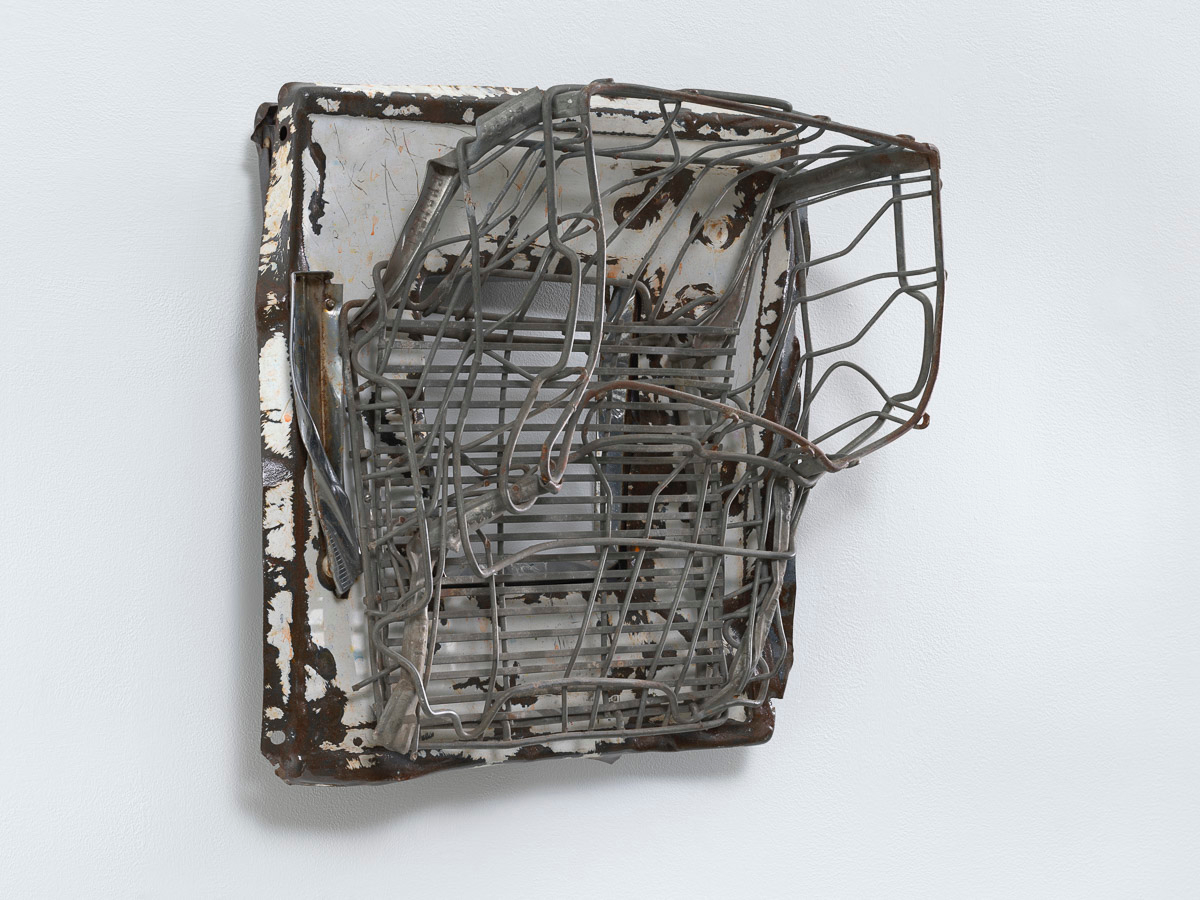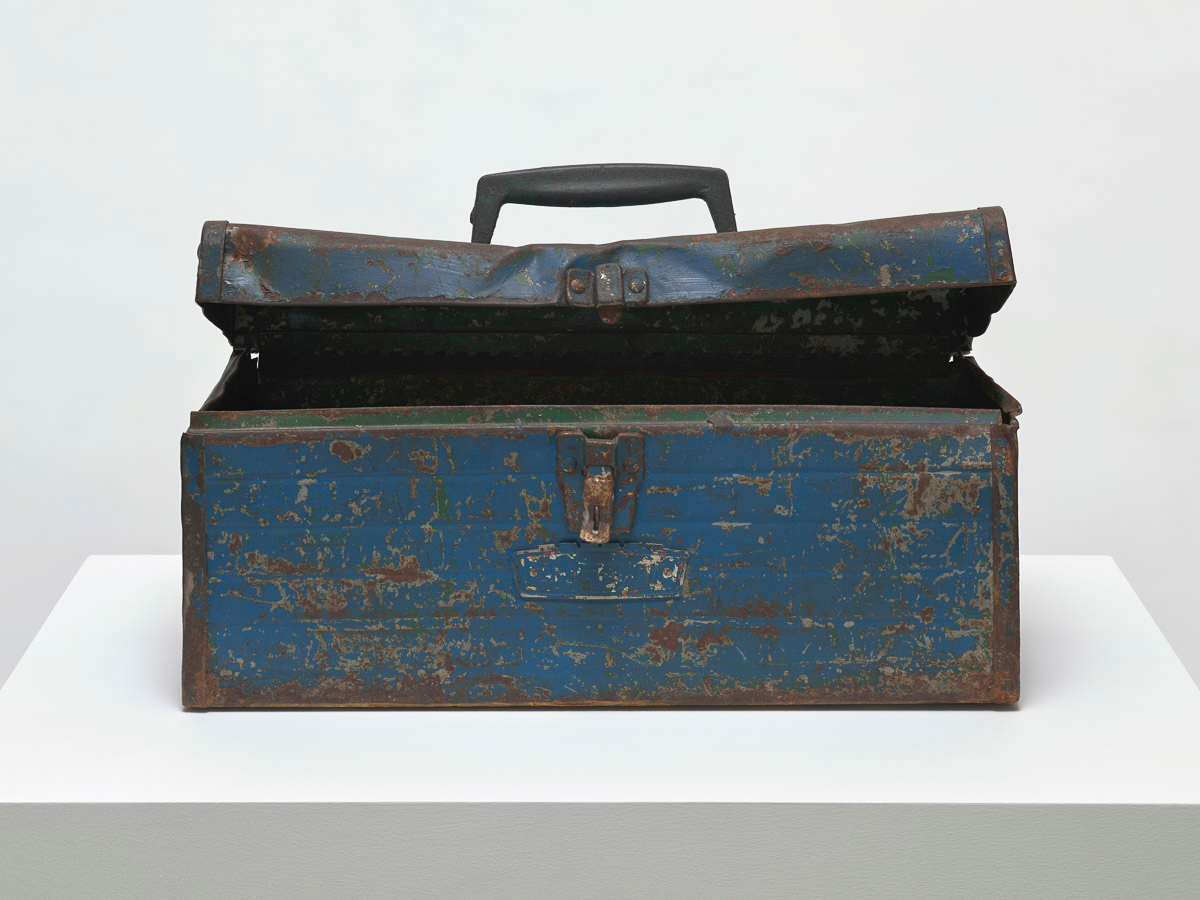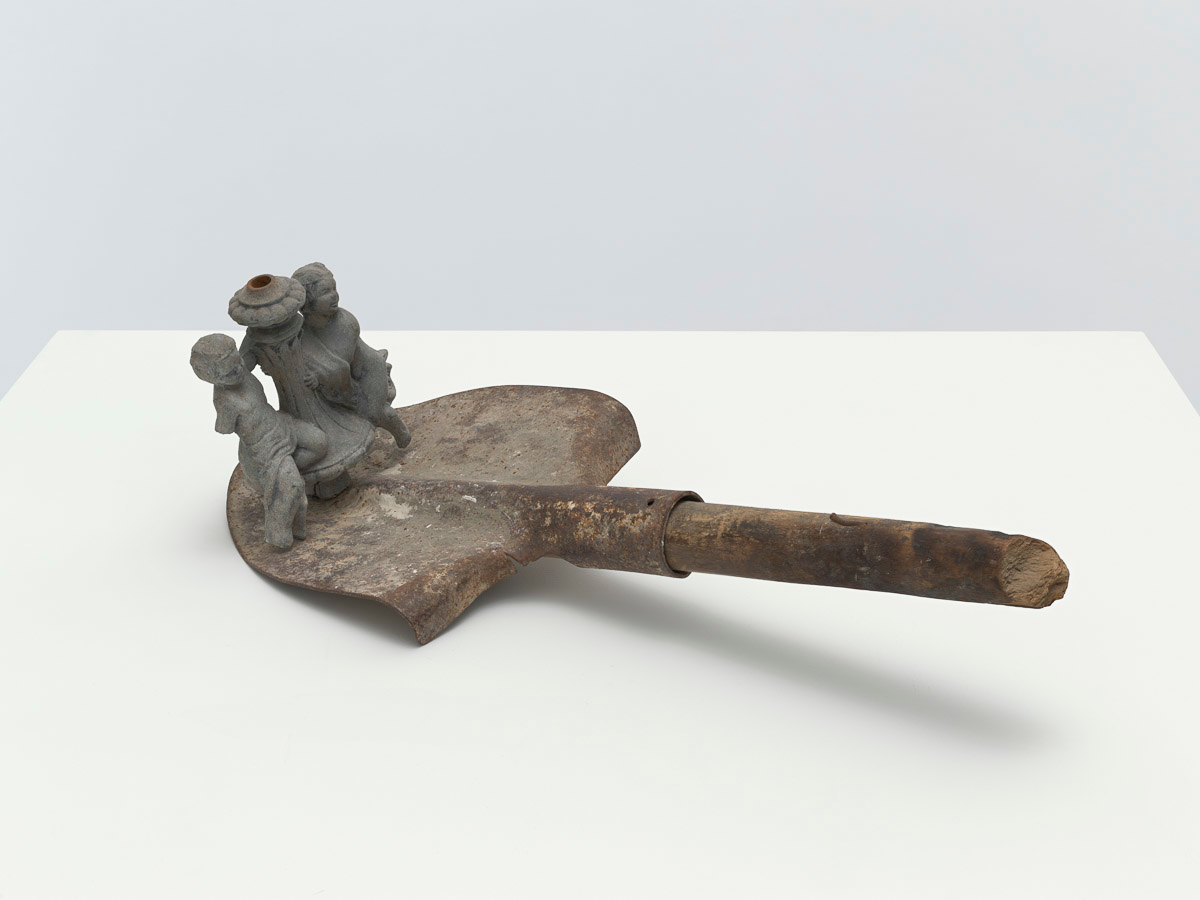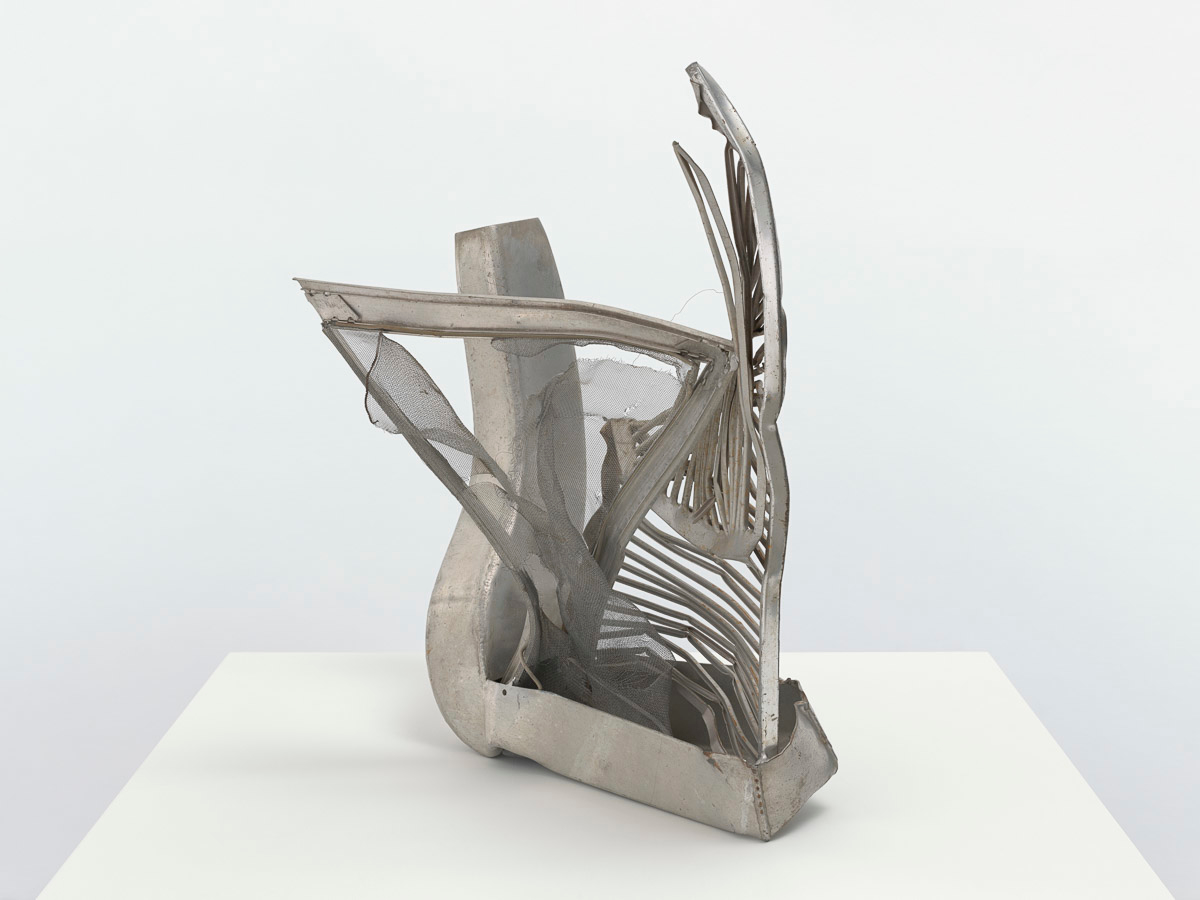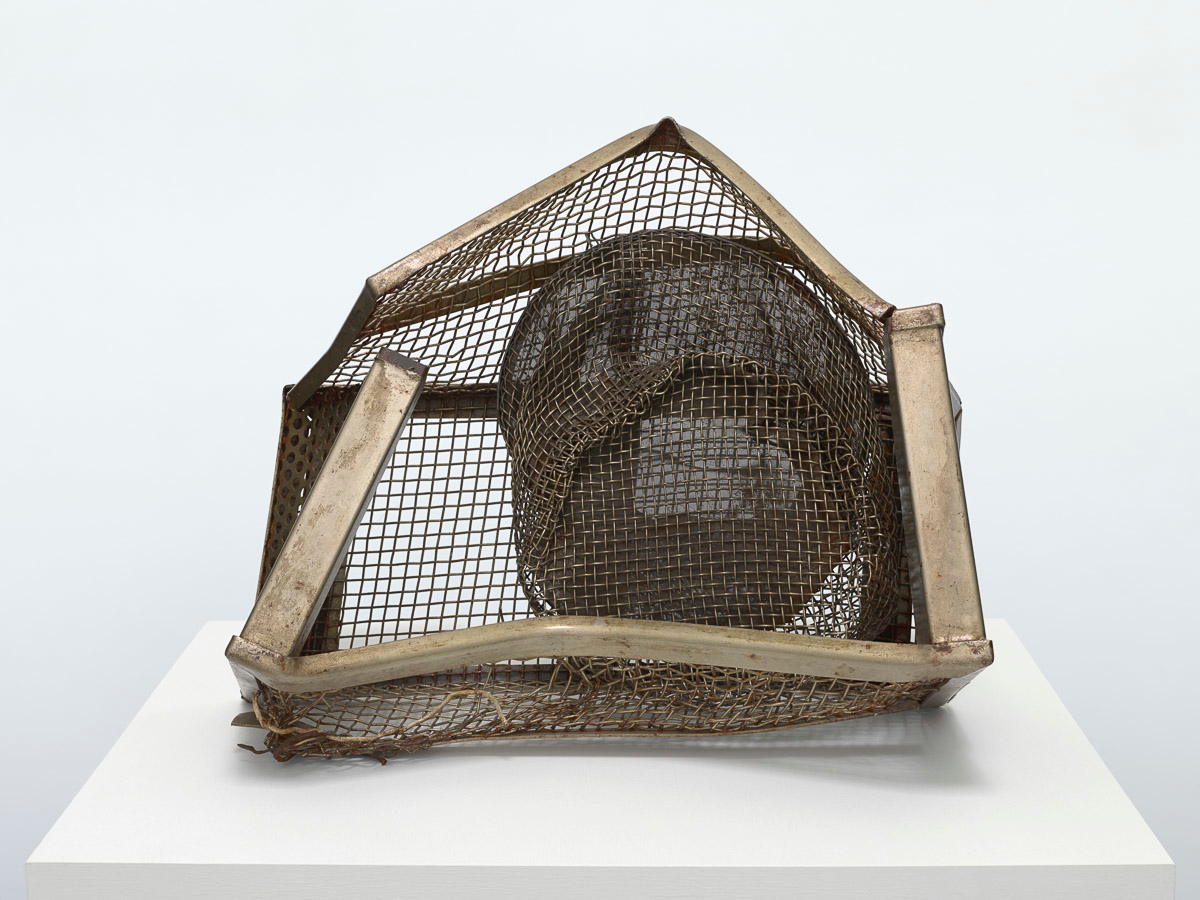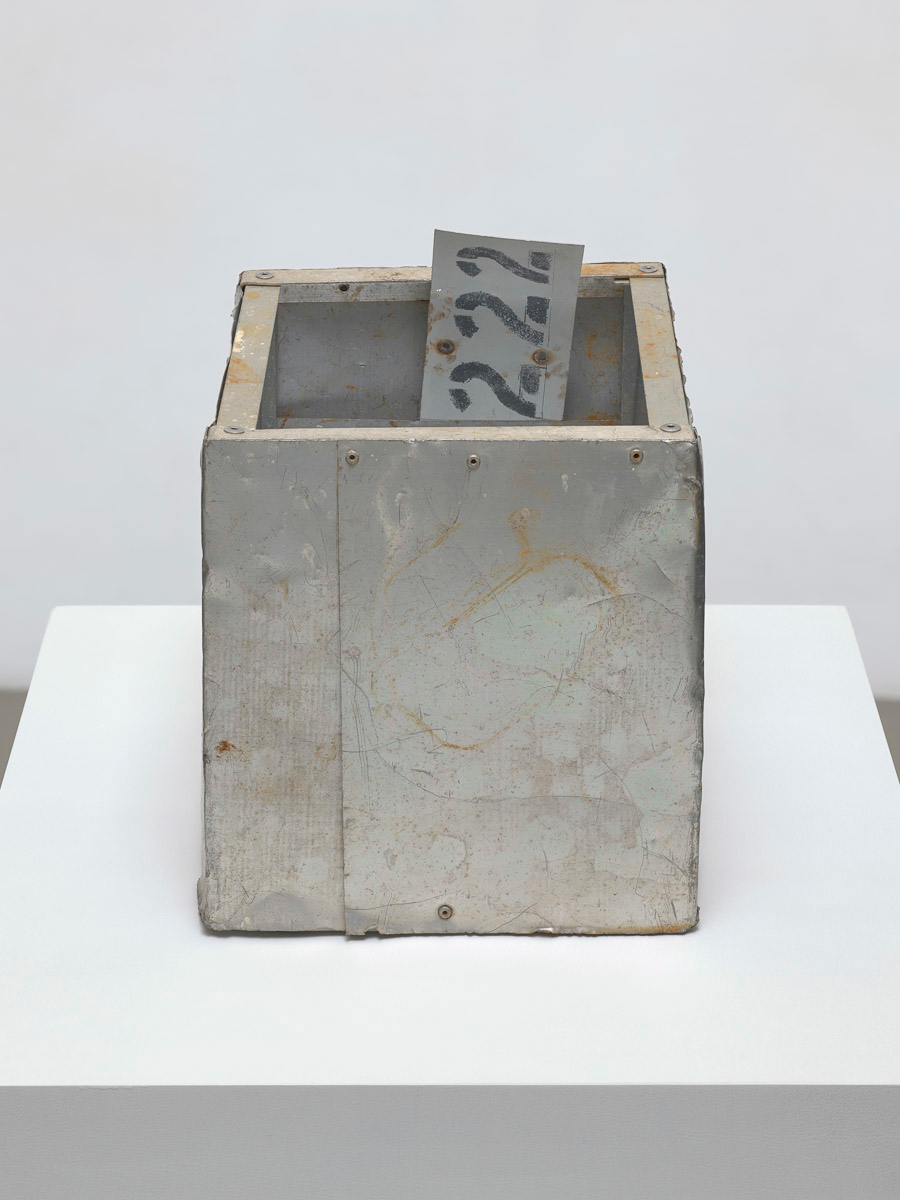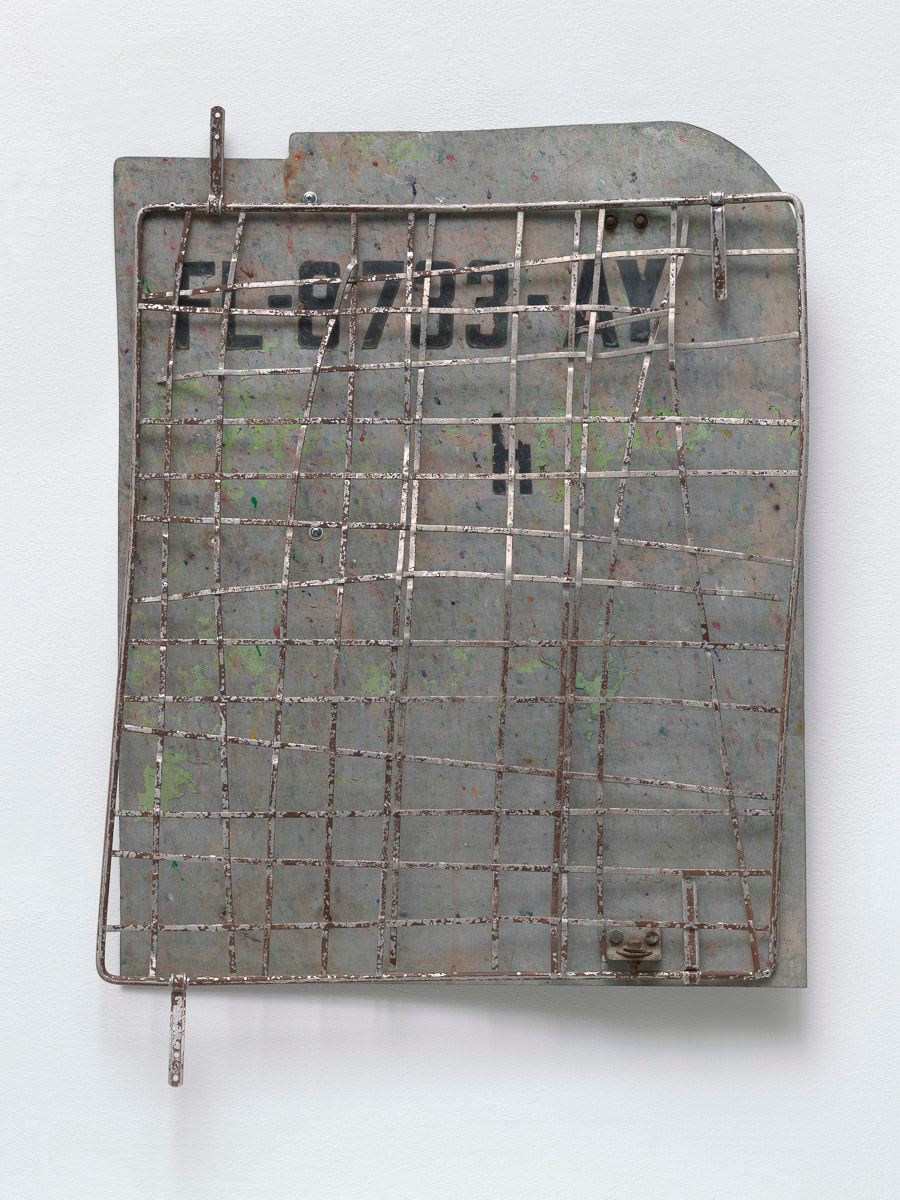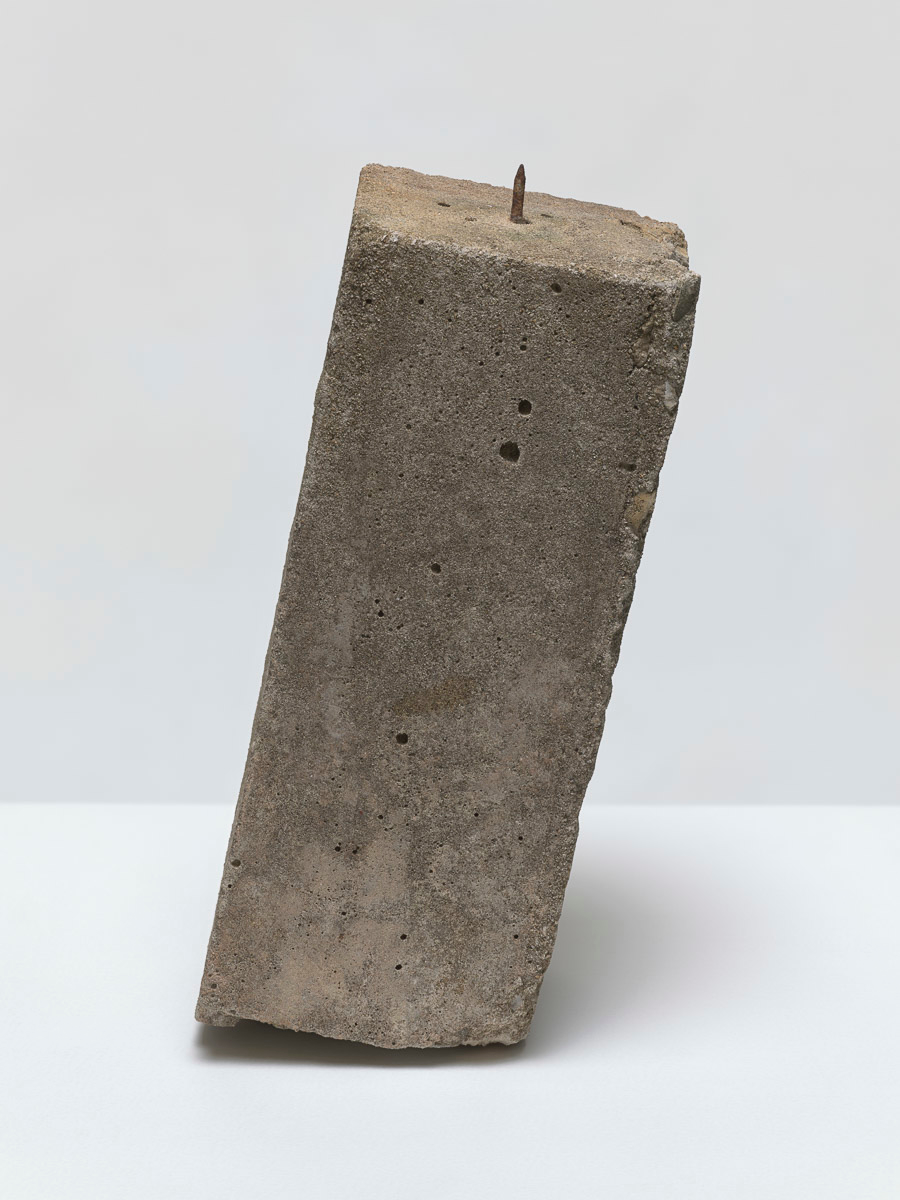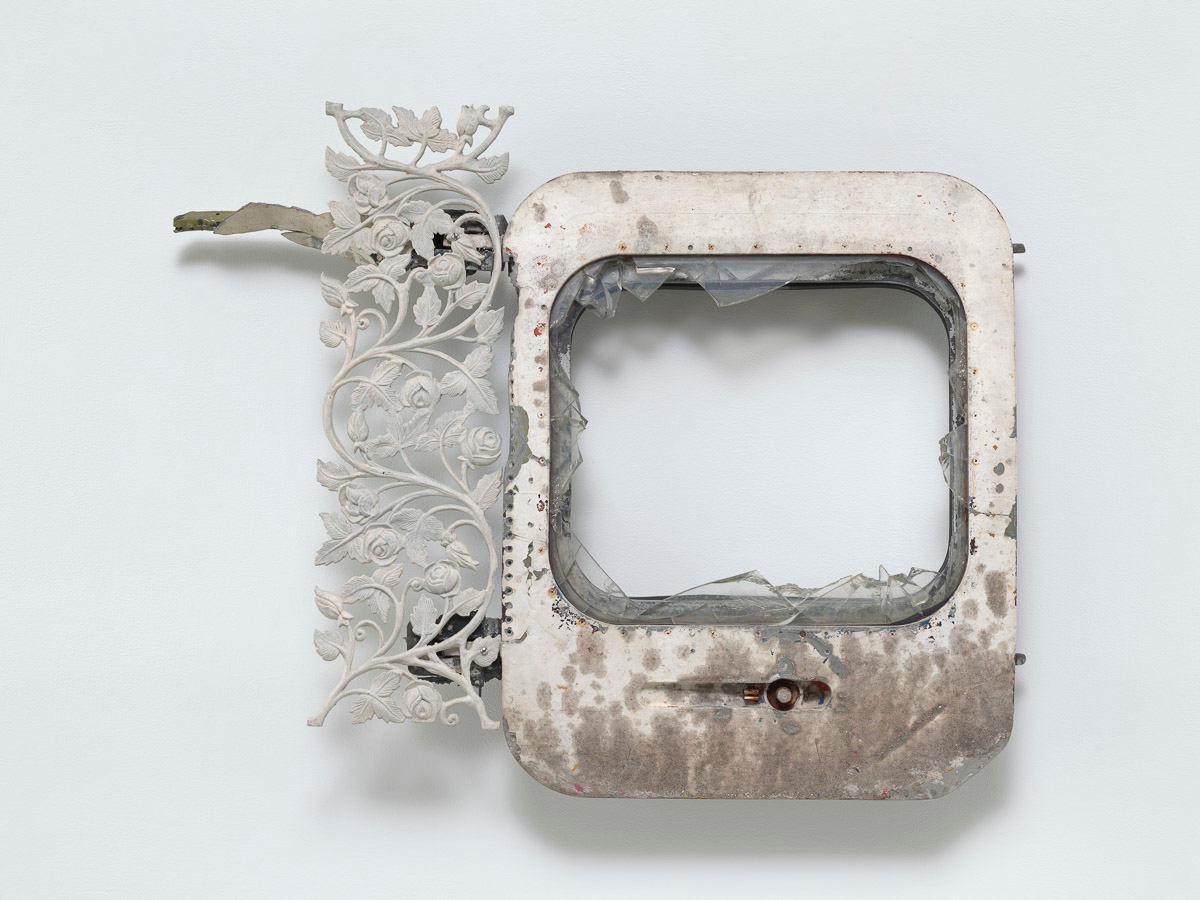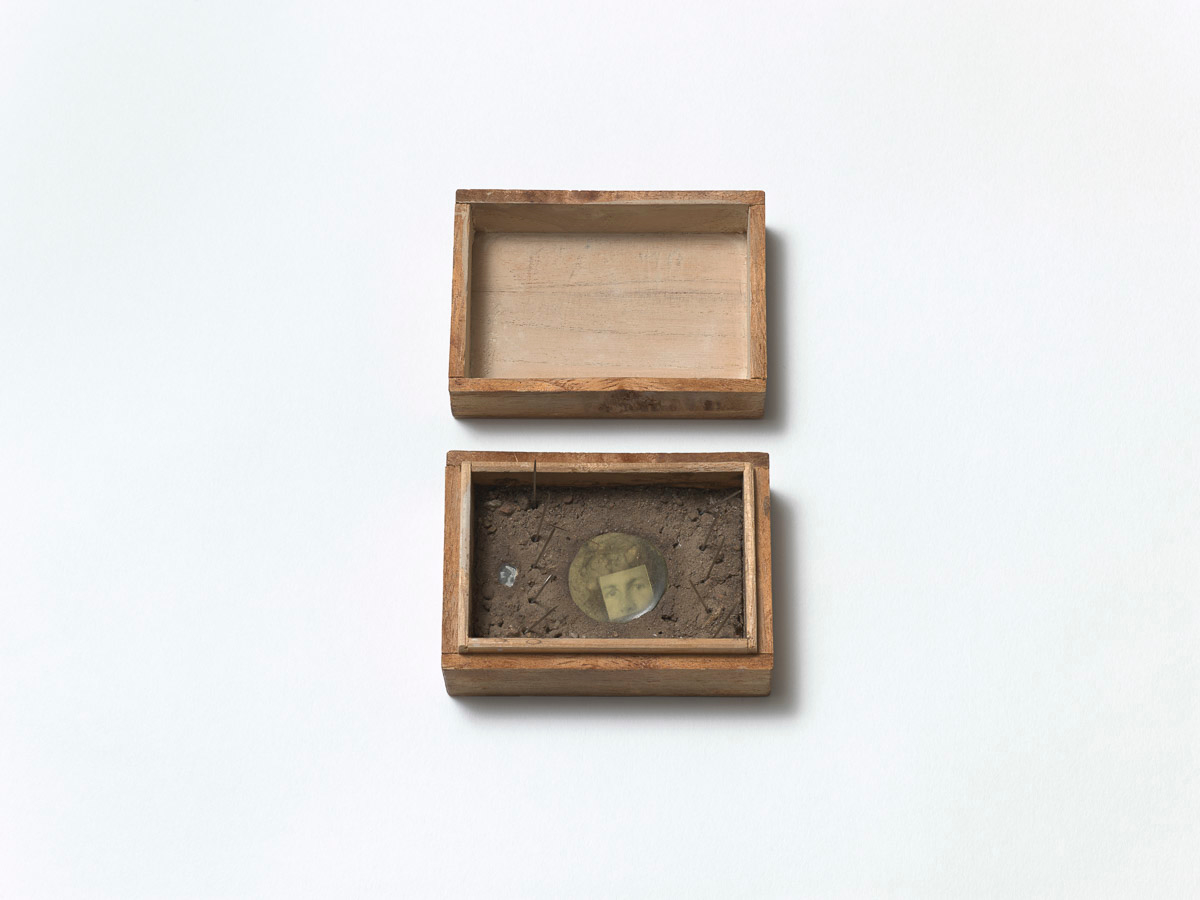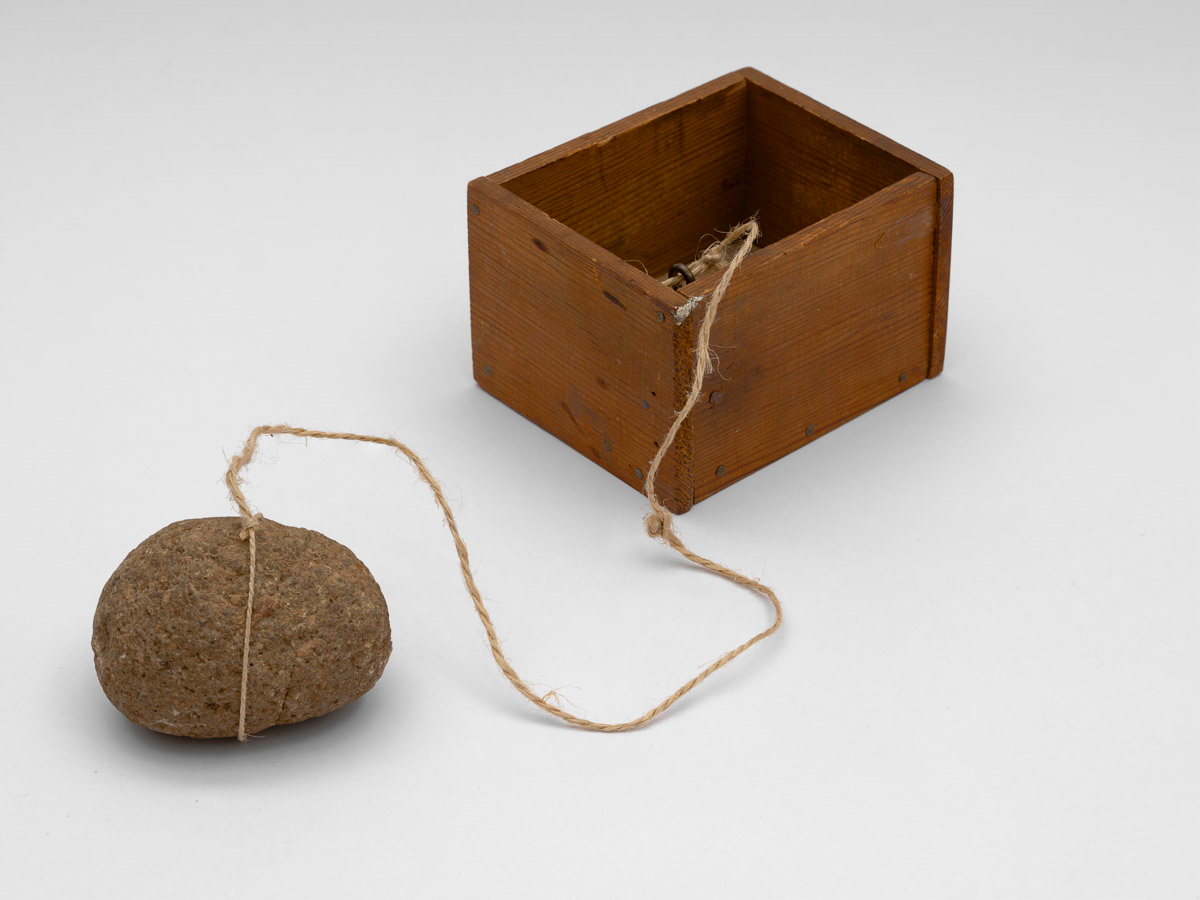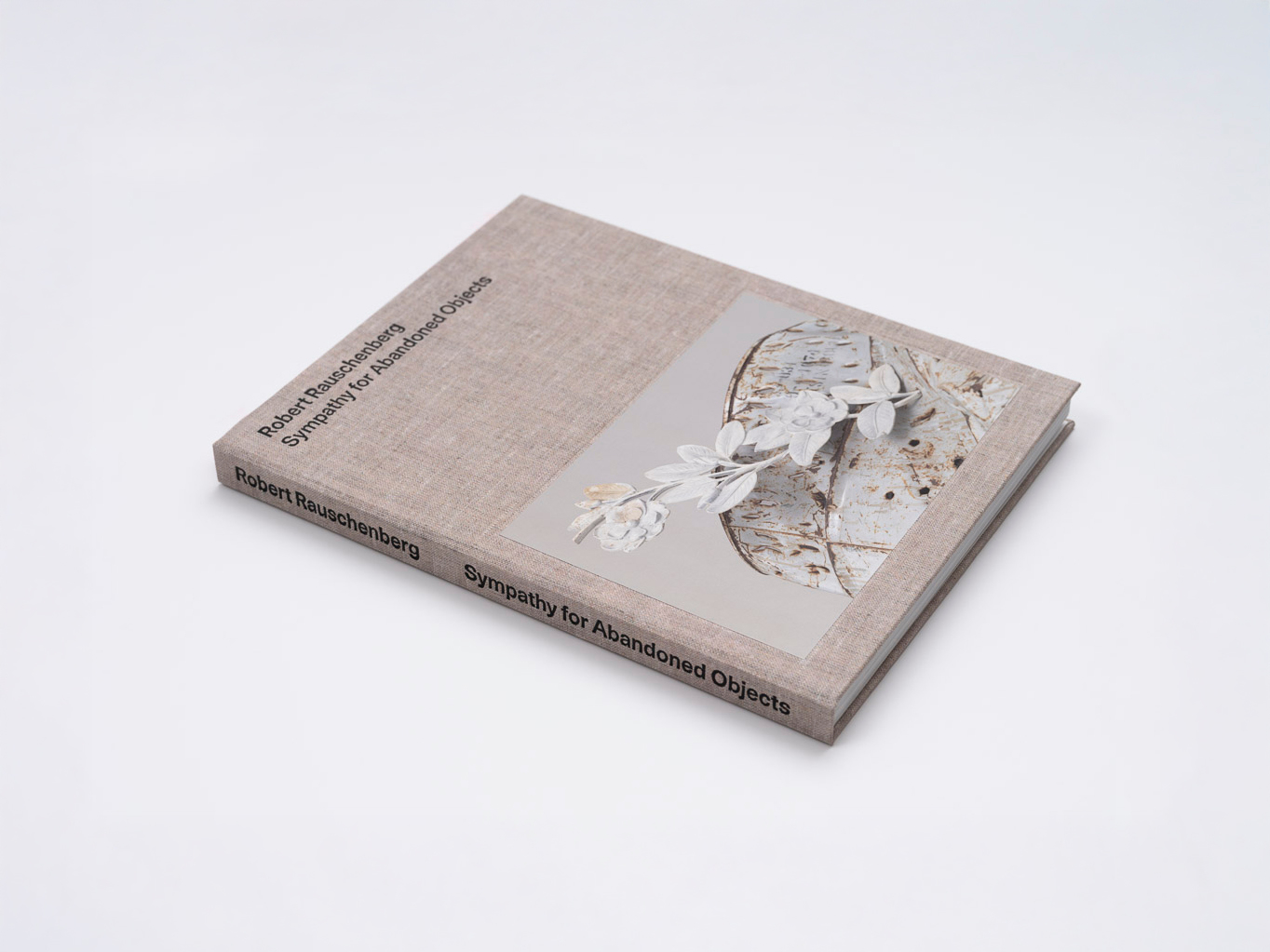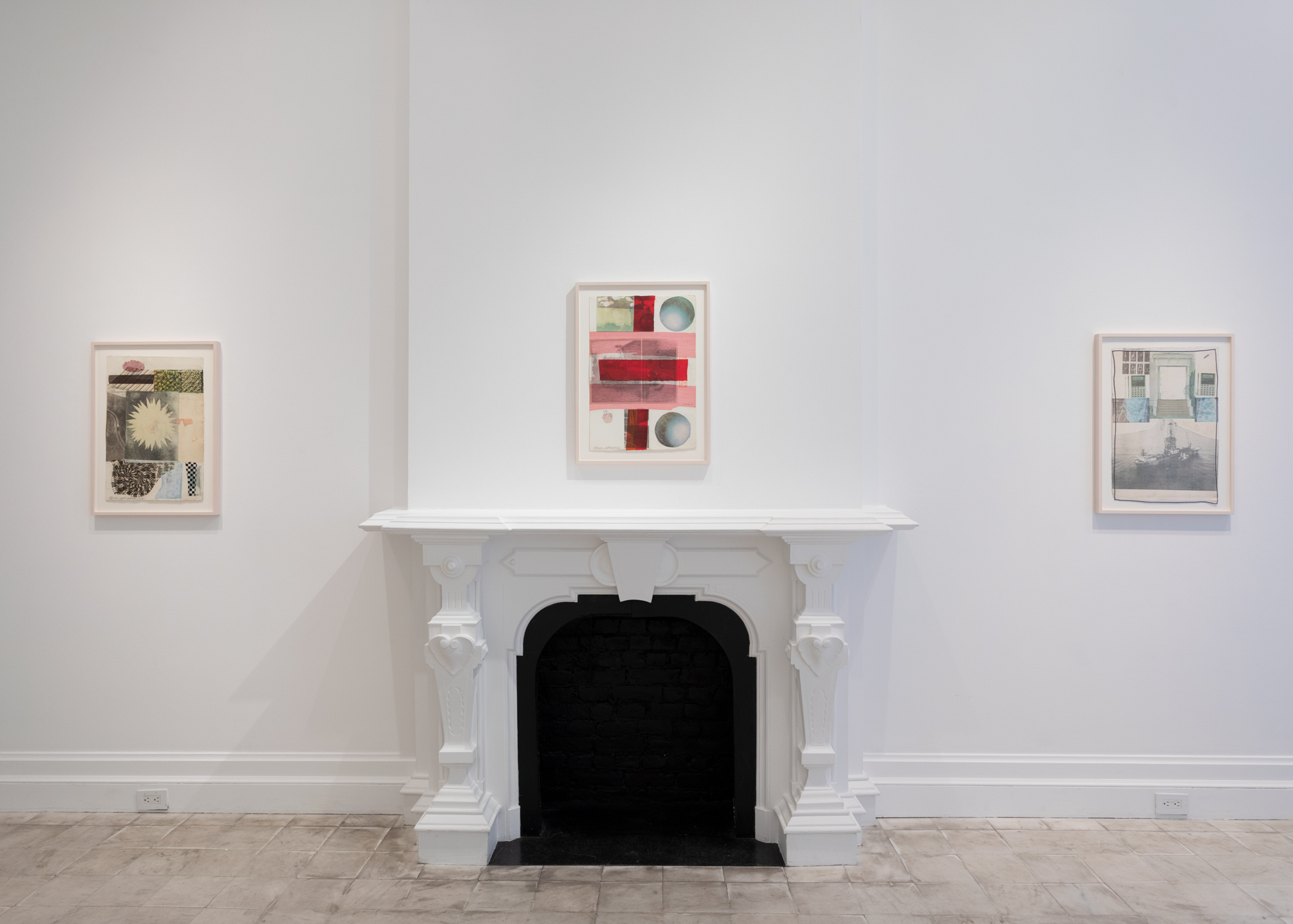Sympathy for Abandoned Objects
May 1 — June 14, 2025
New York: 21st Street
Presented in collaboration with the Robert Rauschenberg Foundation on the occasion of the artist’s Centennial, Gladstone presents the first survey of Rauschenberg’s sculptural practice in thirty years, spanning his production from the 1950s through the late 1990s.
Examining Rauschenberg’s sculptures through the lens of scale, the exhibition showcases over 30 sculptures that relate in size to the human body, whether floor-, pedestal-, or wall-based. Drawing from myriad media and disrupting the distinction between abstraction and empirical representation, Rauschenberg's sculptures are rooted in his career-long dedication to artistic experimentation.
Robert Rauschenberg is renowned for blurring the line between artistic genres, painterly gesture, and three-dimensionality. The artist maintained a robust sculptural practice throughout his long and prodigious career. Underscoring the artist’s remarkable use of found and readymade materials, the works on view are assembled from industrial detritus, everyday objects, decorative items, and organic forms. They are the result of improvisatory gestures—gathering, twisting, combining, adhering, tying—that Rauschenberg described as responses to items found in his environment, “treasures” that he would bring back to his studio, seeing in them a potential for new form. Claiming a “sympathy for abandoned objects,” he created a body of strictly sculptural work that is rarely presented as such.
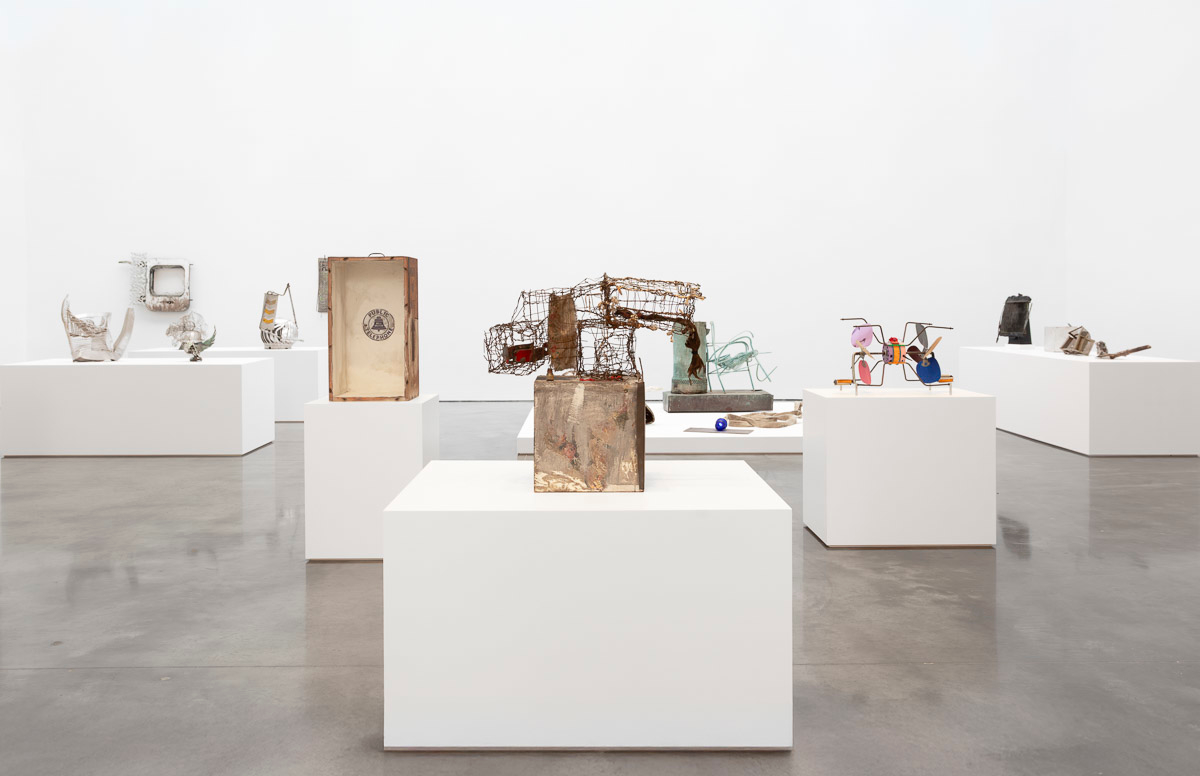
Installation
Work
Video
About
Born on October 22, 1925 in Port Arthur, Texas, Robert Rauschenberg worked in what he called the gap between art and life. Over the course of his sixty-year career, Rauschenberg’s art embodied a spirit of experimentation with new materials and techniques. Dubbed an enfant terrible for his assemblages of urban detritus (the Combines of 1954–64), Rauschenberg continued exploring many different mediums and technological advancements in the years following his 1970 decampment to Captiva Island in the Gulf of Mexico, off the Florida coast. Although he demurred from affiliations with any particular movement, he has been called a forerunner of essentially every postwar artistic development since Abstract Expressionism.
In addition to his own artmaking practice, Rauschenberg became an advocate for artists and the creative community at large. In September 1970, he founded Change, Inc., a non-profit organization that helped artists with emergency expenses. From 1984–91, he personally funded the Rauschenberg Overseas Culture Interchange (ROCI), traveling to ten countries outside of the United States to spark cross-cultural dialogue through art.
Rauschenberg died on May 12, 2008 in his Captiva studio. His artistic legacy and his lifelong commitment to collaboration with artists, performers, writers, artisans, and engineers worldwide was recognized long before his death. His expansive artistic philosophy lives on through his highly innovative and influential work to the present day.
More on Robert Rauschenberg


